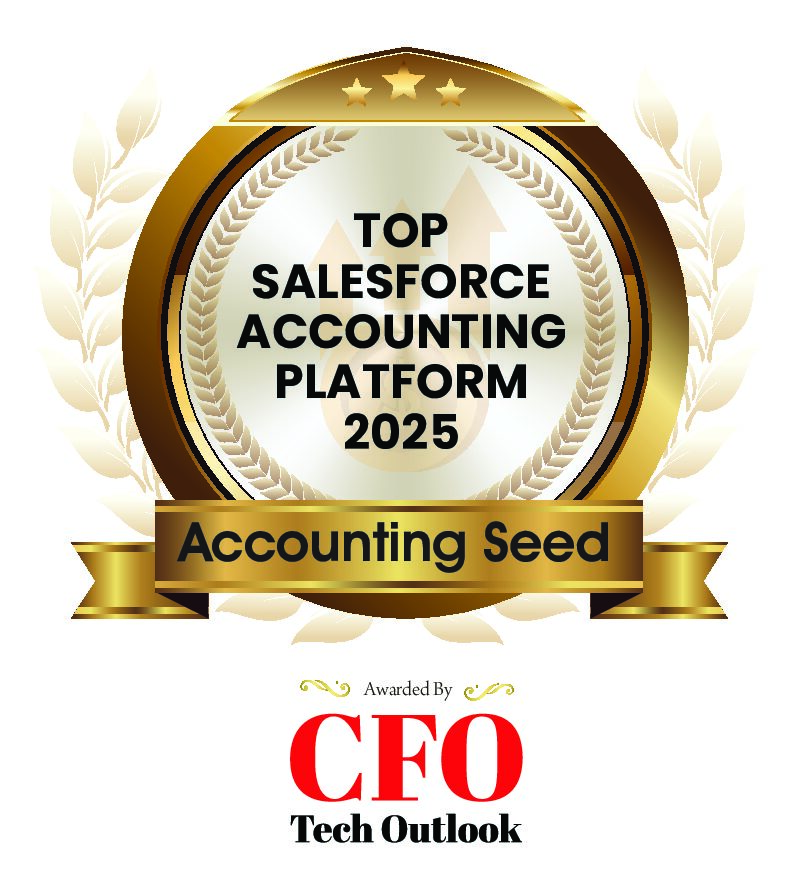
Budgeting can be difficult for even the most seasoned organizations. Besides the task of forecasting and planning for future finances, there is also the question of how to structure the budget. The two of the most prominent methods are top-down and bottom-up budgeting. But which is best? What are the factors and tech you need to really get the most out of these budgets? Let’s look at these and more when we examine top-down budgeting and bottom-up budgeting.
Budget Flexibility is Essential
Creating a budget gives you the agility to prioritize expenses and understand financial strengths and weaknesses. Budgets also help you monitor and balance your financial health. Additionally, comparing actual costs with budget estimates helps you pinpoint areas of income leak that wouldn’t be possible without a target financial figure.
The only way to improve the efficiency of your company is to have financial goals to measure progress against. Yet, while you will want to outline a budget and try to maintain it, don’t be afraid to adjust it. Whatever budget you use, its purpose is to help you monitor and adjust your financial strategy to achieve key targets. Remember, the purpose of a budget is to guide you, not necessarily restrict you. The structures top-down budgeting and bottom-up budgeting help you do this, but in different ways.
Top-Down Budgeting
Top-down budgeting takes the organization’s finances from a very holistic view. The company’s C-level and higher-level management define an overarching budget for the organization to function. The organization’s wealth and liabilities are examined. Sales numbers and profits, expenses, and other assets are evaluated against the direction the company wants to go. The C-Level leadership focuses on the next steps for company growth, so this budget is designed for progression.
Executives gather accounting and relevant data from the individual departments to define the year’s budget and new metrics. They then examine expenses incurred and the return-on-investment for various initiatives. These factors influence how the budget is allocated to different departments and funds. Next, these allocations are dispersed to department heads who will form their budgets based on these figures.
Example
The previous year, the human resources (HR) department contributed to 5% of the overall expenses for the year. The new top-down budget would account for this by allocating enough budget to cover a similar amount of costs. More budget may be allocated for increasing expenses and needs, or the budget is reduced to conserve more cash.
Pros
- Reduces time constraints of management, so they can prioritize on other key tasks instead of developing budgets.
- Creates a single overarching budget that gives a single direction for the whole company.
- Very useful for making actionable financial decisions needed for company growth.
Cons
- This may exclude day-to-day leaders who can offer critical insight needed for the budget to be effective.
- There are risks of not accounting for unseen factors or new developments in various departments.
- Could ostracize middle management and leadership.
Bottom-Up Budgeting
Bottom-up budgeting takes the opposite approach of top-down budgeting. Here, department leaders look over the year’s finances and then developing a proposed budget. Departments review expenses, initiatives, company metrics, and accomplishments to create proposed budgets. Then, the budget (or budgets) is presented to the highest leadership.
Managers also take market factors and unique circumstances into consideration to develop a grounded financial plan. The mindset behind this is that if the departments are successful, the company is successful. The growth and development of the company is still the overarching goal.
Example
A sales director builds a sales budget using numbers reflecting staff salaries and expenses for surrounding trade shows. We’ll put this number at $100K. They also account for new equipment and IT tools, perhaps $70K. After this, the sales director adds a cushion for emergencies or change to produce a budget of $180K.
Pros
- These budgets can be more accurate and practical because they’re drawn from hands-on experience designed to maximize department efficiency.
- Useful for creating tailored plans for using budgets and developing new key performance indicators (KPI)s.
- This method creates more ownership and accountability throughout the company. This also gives morale boost to teams by entrusting them with steering the company.
Cons
- It’s very easy, even common, to over budget with this method.
- This method can draw leaders away from priority tasks to focus on the budget. As a result, other team members’ time and focus may also need to prioritize budgeting tasks over primary tasks.
- Management can become competitive for budget allocations and create internal politics and friction.
- Overarching company goals might be overshadowed with a focus on departments. Multiple budgets are created to manage and assess, which may lead to confusion or desynchronization.
Which is Better Top-Down Budgeting or Bottom-Up Budgeting?
The reality is that neither method is better than the other. Therefore, choosing between top-down budgeting or bottom-up budgeting should be based on which works best for your organization. You could even do both and then choose which budget strategy you want to proceed with. Or, combine aspects of both budget sets. The tricky part is simply maintaining your budgets in a consolidated, organized manner.
Your Accounting System Defines Your Budget Management
Whether type of budget you go with, you need an accounting system with a flexible chart of accounts. This lets you organize and allocate funds as you need while letting you structure your budget(s) in a single location.
Remember, having a budget is only effective if you can track and manage it. To this extent, in-depth features like audit trail and account drill-down are very important. These features help pinpoint financial trends to see how your initiatives are performing relative to budget goals. Additionally, Real-time visibility into your accounts is important for letting you isolate account behaviors and statuses.
Read on:
- Top 7 Issues Accountants Face Today
- Small Business Accounting Tips for Improving Workflows
- Accounting Cybersecurity: How to Keep Financial Data Safe and Secure
- DCAA Compliant Accounting Software: What to Look For
- What are the International Accounting Standards (IAS)?
- Top 8 Reasons Why IT Implementations Fail
- What is Cash Disbursement in Accounting?
- Accrued Expenses: What are They and How to Report Them?
- Intro to Accounts Payable and Purchase Order Accounting
- Vendor Payment Processes: Everything to Know
- What is Project Accounting? How to Do It Best
See Accounting Seed in action
Get a close-up view of how accounting on Salesforce can eliminate the need for costly integrations—and silos of mismatched information—by sharing the same database as your CRM.



